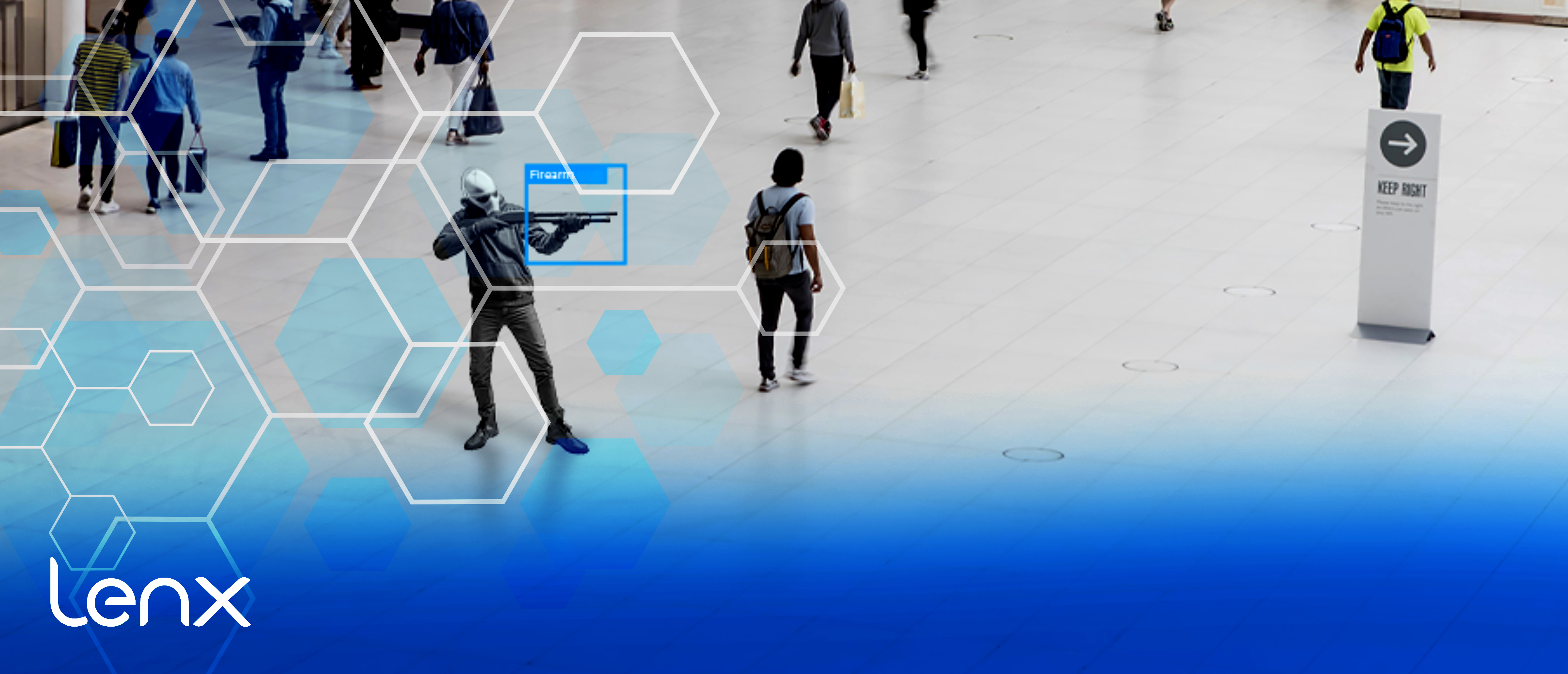
How AI Security, Gun Detection Differentiates Threats
In the realm of security, artificial intelligence (AI) is making significant strides. It's transforming how we detect and respond to threats, particularly in the context of gun detection.
AI security systems, including apps, are now capable of differentiating real threats from false alarms. This ability enhances safety measures and reduces unnecessary panic.
In this article, we delve into the world of AI security, focusing on gun detection. We'll explore how these systems work, their benefits, and the challenges they present.
The Evolution of AI Security
AI security has come a long way in a short time. It's a rapidly evolving field, leveraging artificial intelligence to enhance security measures.
Initially, AI was used to analyze data and identify patterns. Now, it's being used to detect potential threats in real-time.
Gun detection technology is a critical component of this evolution. It aims to identify firearms in various settings, enhancing safety measures.
The integration of AI in security has allowed for quicker response times during critical incidents.
Understanding Gun Detection Technology
Gun detection technology is a key part of AI security. It's designed to identify firearms in different settings.
These systems can differentiate between actual threats and non-threatening objects. This reduces the number of false alarms.
AI-powered gun detectors work in conjunction with other security measures. They can be integrated with surveillance cameras and access control systems.
The goal is to provide a comprehensive security solution. AI security systems can learn and adapt over time, improving their accuracy and reliability.
AI Gun Detection: Beyond the Basics
AI gun detection goes beyond simple object recognition. It involves real-time analysis of visual inputs.
These systems can detect potential threats and trigger alerts. They can also provide accurate location data during an active shooter event.
The effectiveness of AI gun detection relies on the quality of the data and algorithms used. Continuous updates and training are required to maintain their effectiveness.
Real-time Threat Analysis and Response
AI security systems offer real-time threat analysis. This is a significant advantage over traditional security measures.
These systems can analyze and respond to threats in real time. This reduces response times during critical incidents.
AI security also contributes to proactive security measures. It allows for immediate action, rather than reactive responses after an incident has occurred.
Deployment and Accessibility of AI Security Apps
AI security apps can be deployed on various devices. This provides flexibility and accessibility for users.
These apps can be used on smartphones, tablets, and computers. This makes AI security accessible to a wide range of users.
The deployment of AI security apps enhances the reach of security measures. It ensures safety is within everyone's grasp.
Active Shooter Detection Systems and AI
Active shooter detection systems use AI to analyze visual patterns. This helps to identify potential threats quickly and accurately.
These systems can send alerts to authorities and individuals in the vicinity of a detected threat. This immediate response can save lives.
The use of AI in these systems contributes to proactive security measures. It shifts the focus from reactive responses to prevention.
Ethical Considerations and Privacy in AI Security
AI security systems, while beneficial, raise ethical and privacy concerns. Especially when deployed in public spaces, these systems must respect individual privacy rights.
Transparency and accountability are crucial in the ethical use of AI in security. Developers and users must ensure these principles are upheld.
Regulations and compliance standards for AI security are developing. They aim to balance the benefits of AI security with the need to protect privacy.
The Future of AI Security in Threat Detection
The role of AI in security is expanding. It's moving beyond threat detection to include predictive analytics for threat prevention.
Emerging technologies like drones or autonomous robots may integrate with AI security. This could lead to more advanced security solutions.
Research and development in AI security are ongoing. New breakthroughs and applications are emerging regularly, promising a safer future.

